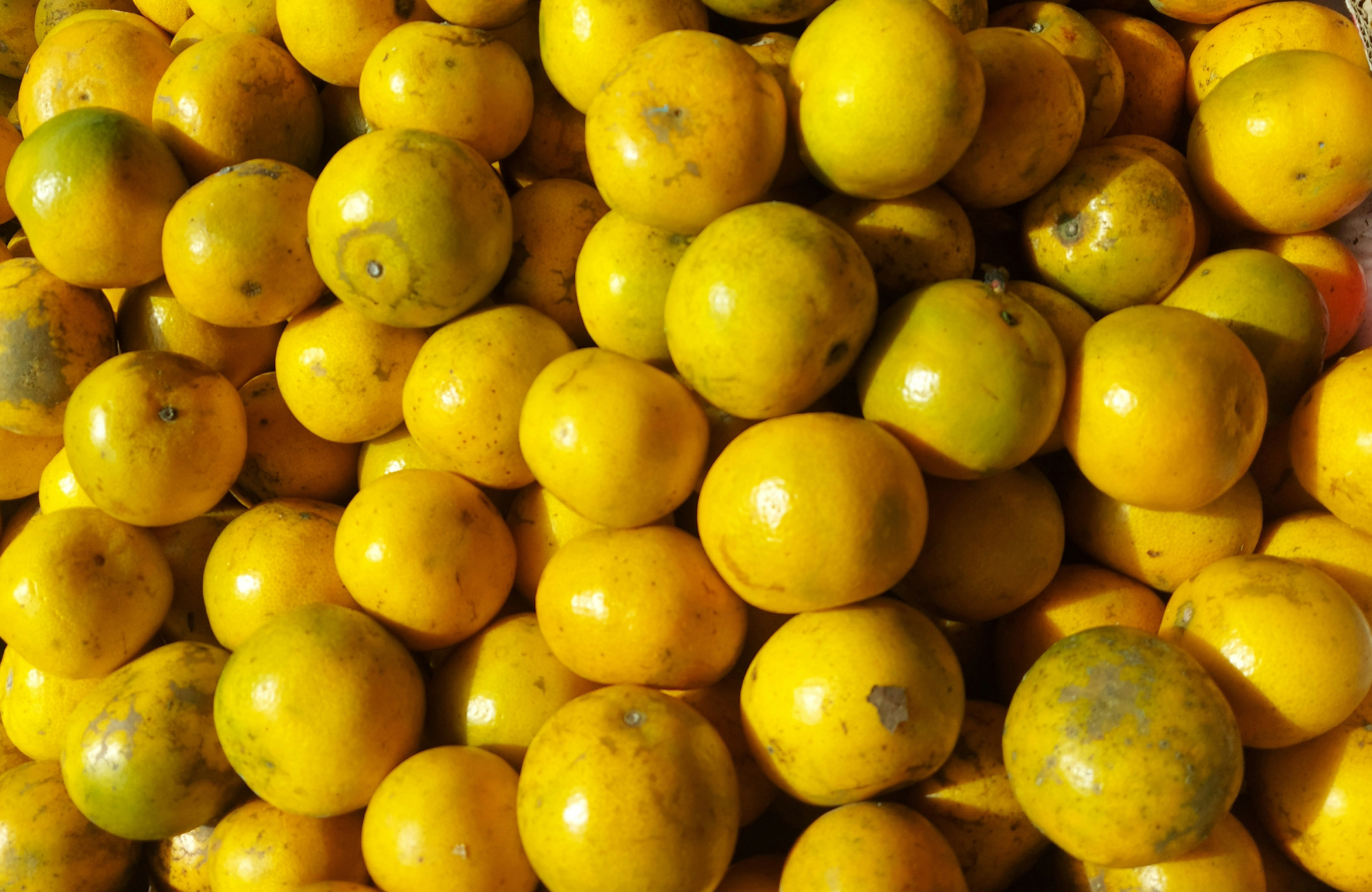Origin and history
Barley ( Hordeum vulgare ) is a plant species from the sweet grass family and one of the oldest types of grain that we humans domesticated for agriculture around 10,000 years ago, probably first in the Israel-Jordan region. Since then it has been grown as a staple food. It is an annual grass that reaches a height of 0.7 to 1.2 m.
Characteristics
Barley is a good source of fiber, vitamin B, iron and manganese. Not only does it provide nutrition and detoxification to the body, it also has some health-promoting properties due to its ingredients.
The following barley-related health claims have been evaluated and approved by the European Food Safety Authority (EFSA) through scientific studies, provided the barley has a certain beta-glucan content:
- Beta-glucans contribute to the maintenance of normal blood cholesterol levels (barley must contain at least 1 g of beta-glucan and this effect is manifested with a daily intake of 3 g of beta-glucans from barley)
- Consuming beta-glucans from oats or barley as part of a meal will help reduce the rise in blood sugar levels after the meal (if barley is taken with at least 4g of beta-glucan as part of the meal)
According to studies, barley has numerous other health benefits such as anti-inflammatory, anti-diabetic, anti-carcinogenic, anti-oxidative, antibacterial, anti-obesity, anti-fatigue and anti-aging effects. Based on the studies, it is known that barley grass powder plays a crucial role in preventing 20 chronic diseases.
For example, one study showed that mice following a high-fat diet became overweight, but the group that consumed barley grass powder had significantly less weight gain. In another mouse study, barley powder attenuated tumor development.
Which AgilNature products contain barley grass?
|
Product |
Crowd |
NRV* |
|
3x 15 mg per capsule (45 mg per daily ration) |
** |
*Nutrient Reference Value = Percentage of the reference value according to Appendix XIII of the Food Information Regulation (EC) No. 1169/2011.
** No recommendation available.
Literature:
- A. Badr, K. M, R. Sch, H. El Rabey, S. Effgen, HH Ibrahim, C. Pozzi, W. Rohde, F. Salamini, On the Origin and Domestication History of Barley (Hordeum vulgare), Molecular Biology and Evolution, Volume 17, Issue 4, April 2000, Pages 499–510.
- FoodData Central. https://fdc.nal.usda.gov/fdc-app.html#/food-details/170285/nutrients (accessed December 17, 2023)
- Sharma R, Mokhtari S, Jafari SM, Sharma S. Barley-based probiotic food mixture: health effects and future prospects. Crit Rev Food Sci Nutr. 2022;62(29):7961-7975.
- Obadi M, Sun J, Xu B. Highland barley: Chemical composition, bioactive compounds, health effects, and applications. Food Res Int. 2021 Feb;140:110065.
- Zeng Y, Pu X, Du J, Yang X, Li X, Mandal MSN, Yang T, Yang J. Molecular mechanism of functional ingredients in barley to combat human chronic diseases. Oxide Med Cell Longev. 2020 Mar 30;2020:3836172.
- Thatiparthi J, Dodoala S, Koganti B, Kvsrg P. Barley grass juice (Hordeum vulgare L.) inhibits obesity and improves lipid profile in high fat diet-induced rat model. J Ethnopharmacol. 2019 Jun 28;238:111843.
- Li J, Zhang W, Xu H, Zhou L, Guo H, Zhang S, Lu R, Liang X, Chang M, Liu C. Barley Grass Juice Attenuates Hydrodynamic Transfection-Induced HCC Initiation in Mice. Nutr Cancer. 2023;75(2):750-760.





